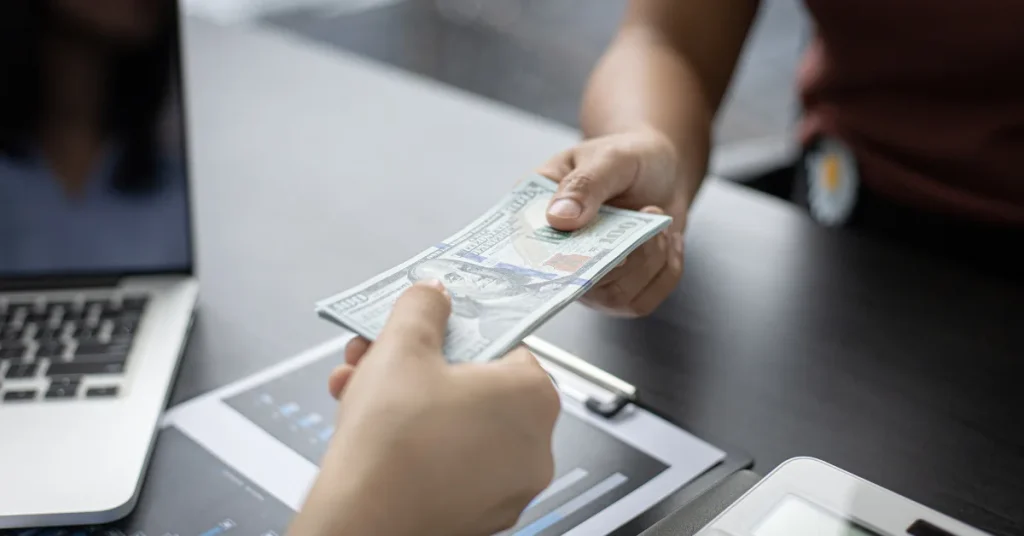Filing for bankruptcy can feel like standing at the gates of a new beginning. The weight of overdue bills, collection calls, and sleepless nights makes many wonder if there is finally a way out. The most pressing question is simple but heavy. Does going bankrupt clear all your debt?
Does Going Bankrupt Clear All Your Debt?
Bankruptcy works like a legal reset button. It wipes away certain debts and gives room to breathe again. But it does not erase every single obligation. Just like a storm can wash away debris but leave behind heavy stones, bankruptcy clears some debts while others remain firmly in place.
What Debts Can Bankruptcy Clear?
Most unsecured debts are discharged in bankruptcy. Credit card balances, medical bills, payday loans, and overdue utility bills are often forgiven. In Chapter 7, these debts can vanish in a matter of months. In Chapter 13, repayment plans may reduce what is owed and eliminate the rest after three to five years. For someone buried under credit card debt, this can feel like freedom. Imagine a traveler carrying a bag filled with useless stones. Bankruptcy takes that bag, empties the rocks, and leaves only what must still be carried.
What Debts Stay After Bankruptcy?
Certain debts survive bankruptcy. Student loans, unless proven to cause extreme hardship, remain. Recent tax debts, alimony, child support, and court fines also stay. These are treated as obligations that carry social or moral weight. Just as ancient kings once protected sacred debts to temples, modern law shields these debts from discharge. Bankruptcy may lighten the load but does not remove responsibilities tied to family or public duty. Mortgages and car loans are also treated differently. If someone wants to keep a house or car, they must stay current on payments. Bankruptcy can pause foreclosure or repossession, but the lender still has rights. Missing payments after filing could still result in losing property.
Why Bankruptcy Helps Even If Some Debts Stay
Even when not all debts disappear, bankruptcy offers relief. By clearing away unsecured debts, it allows people to focus on the obligations that remain. Without credit card bills piling up, child support or mortgage payments become more manageable. Bankruptcy can also stop lawsuits, wage garnishments, and relentless calls. It brings order to chaos, like a battlefield falling quiet after the drums stop.
Choosing the Right Bankruptcy Path
Chapter 7 works best for those with little income or few assets. Chapter 13 fits better for those with steady income who want to keep their home or car while catching up on payments. Each chapter has its own rules, timelines, and outcomes. A clear understanding of what each chapter covers is critical. Without guidance, it can feel like trying to cross a river without a bridge.
The Truth About Debt After Bankruptcy
The truth is that bankruptcy does not erase all debt. But it does provide a fresh start. It removes many of the burdens that crush people daily. It offers a chance to rebuild credit, restore balance, and regain control. History is filled with societies that forgave debts to let people begin again. In ancient Rome, debt forgiveness was sometimes granted to prevent social collapse. Modern bankruptcy serves a similar purpose. It ensures that one mistake or a season of hardship does not define a lifetime.
Take the First Step Toward Relief
Debt does not have to control life forever. Bankruptcy may not clear every debt, but it can lift the heaviest weights and give space to rebuild. Help is within reach. Speak with a lawyer who understands how bankruptcy laws work in Florida. Call 904-354-6604 today or visit jaxdebtrelief.com to learn how to move forward.


